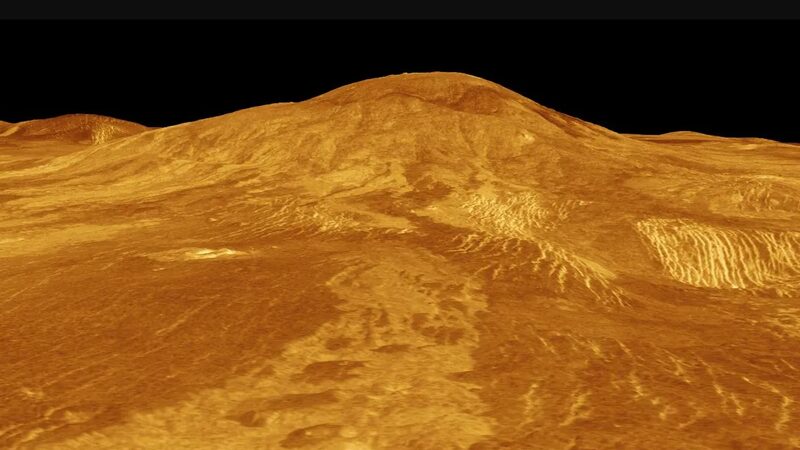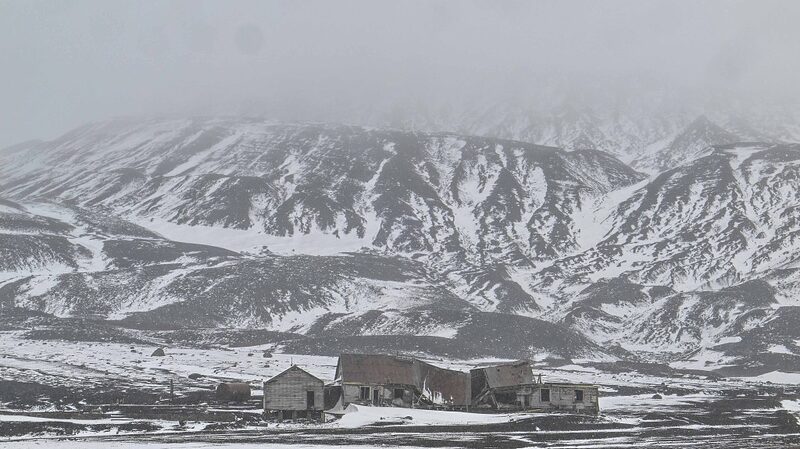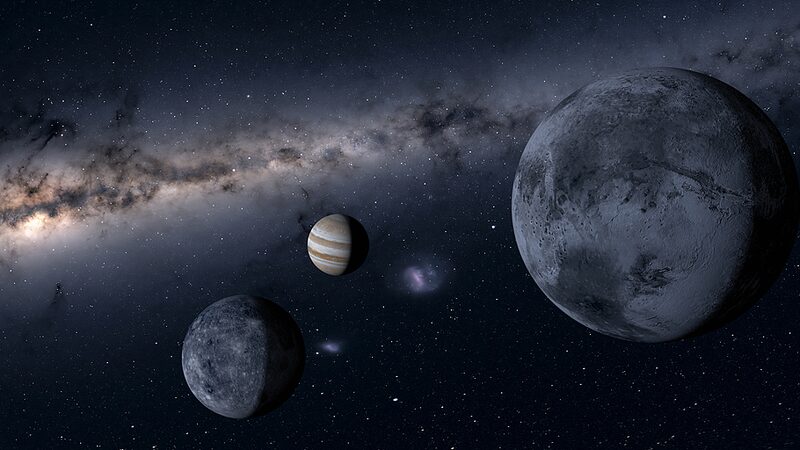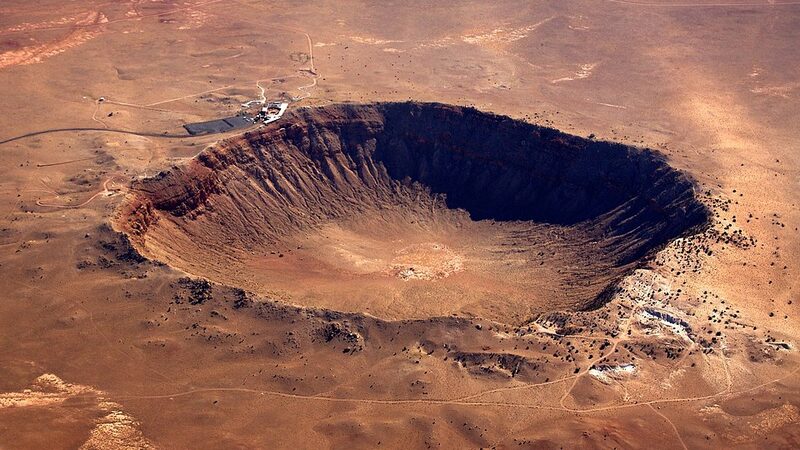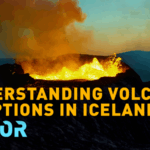Hold onto your space helmets, explorers! NASA just cracked a 30-year-old cosmic mystery: Venus—Earth’s scorching sibling—had active volcanic eruptions in the early 1990s. 🔥 Using data from the Magellan mission, scientists spotted two volcanoes spewing molten rock, proving the planet isn’t just a lifeless hellscape. Talk about glow-ups!
Launched in 1989, the Magellan spacecraft mapped 98% of Venus’ surface, creating our most detailed view of its fiery terrain. By comparing radar images, researchers noticed changes around Maat Mons, a massive volcano near Venus’ equator. Molten lava had filled its crater and spilled down the slopes—like a celestial espresso machine gone wild. ☄️
Why does this matter? Active volcanoes help scientists understand how planets evolve. Venus and Earth were once twins, but their paths diverged. This discovery might explain why Venus became a toxic inferno while we got… TikTok and avocados. 🥑
Next time you gaze at the night sky, remember: Venus is still geologically alive, and NASA’s vintage data is rewriting textbooks. ✨
Reference(s):
cgtn.com
